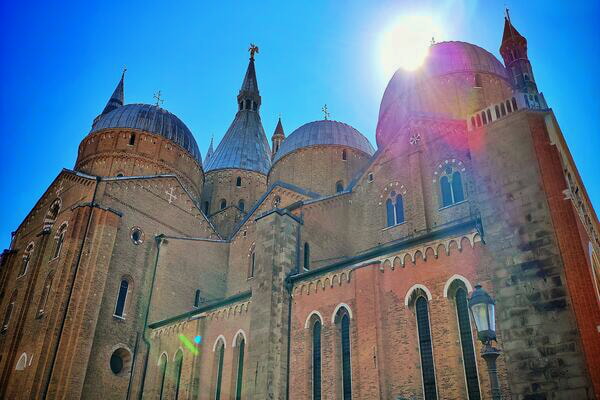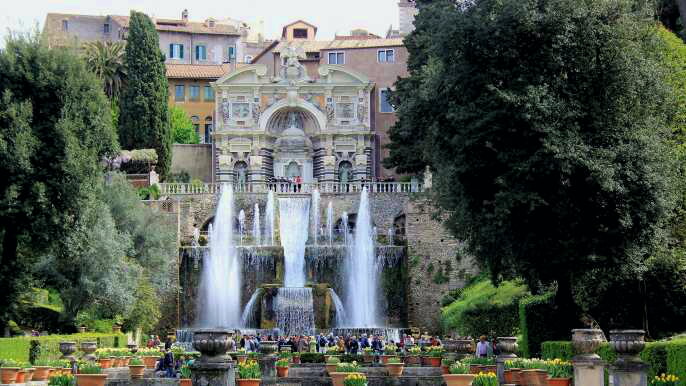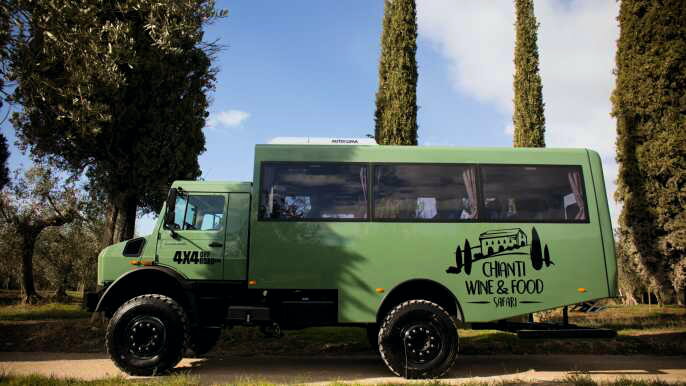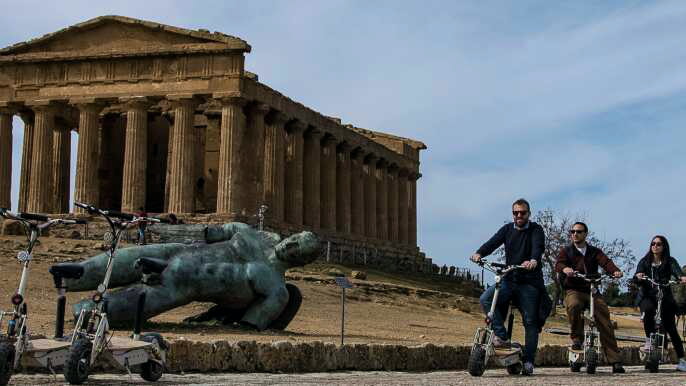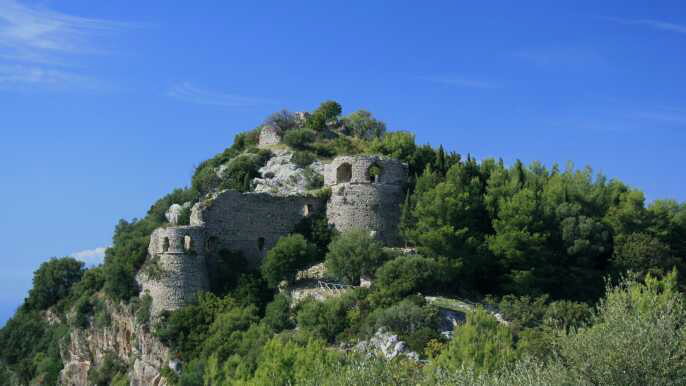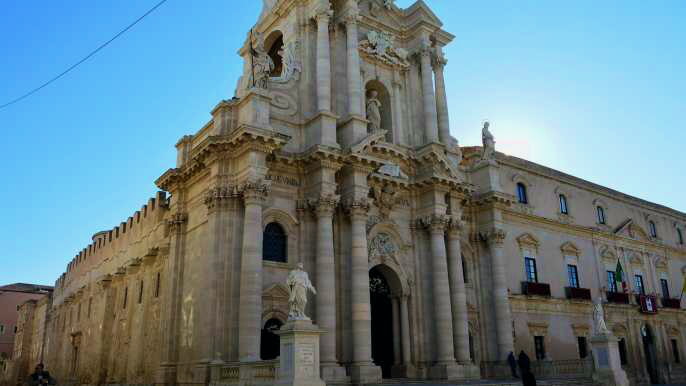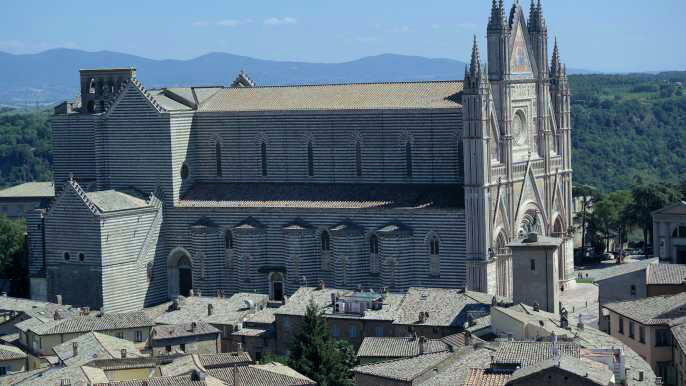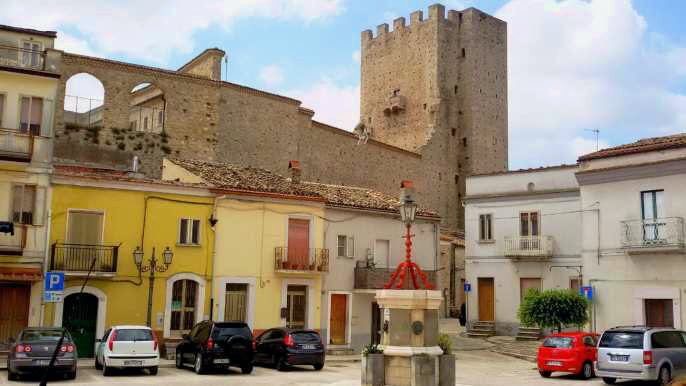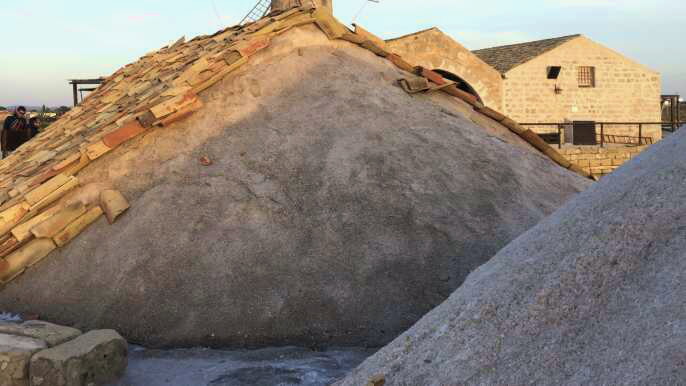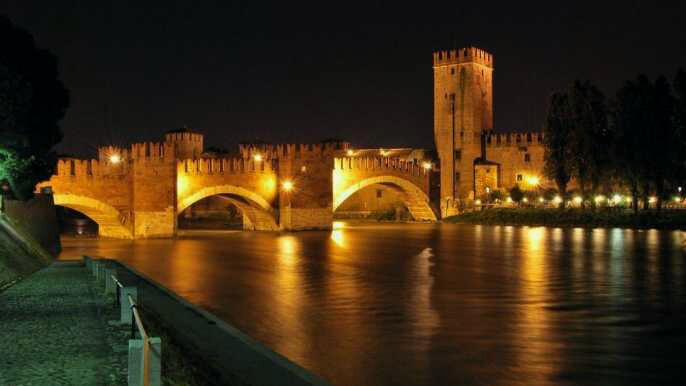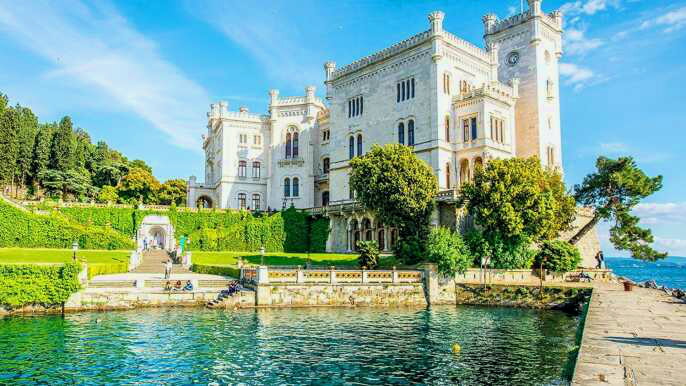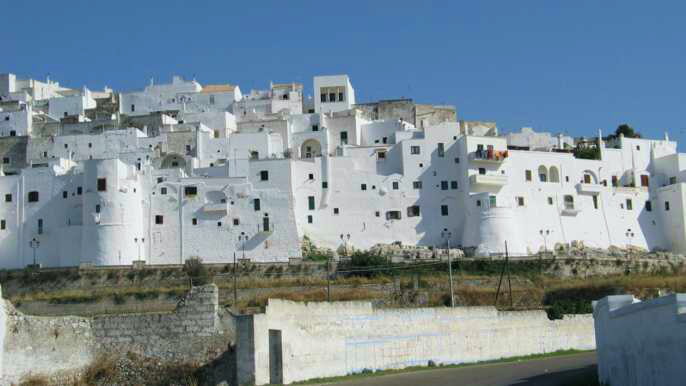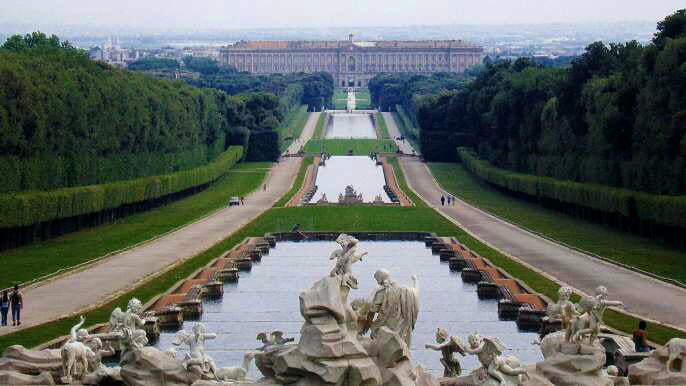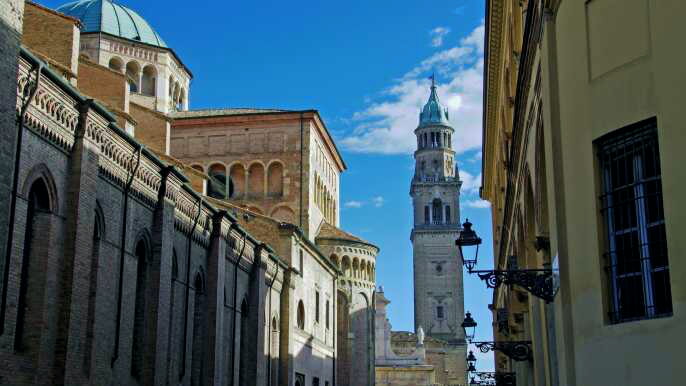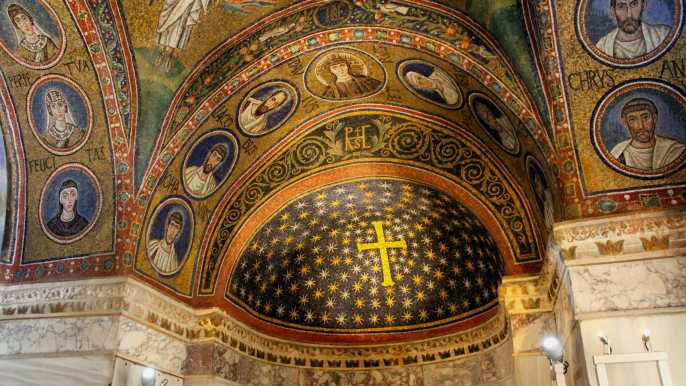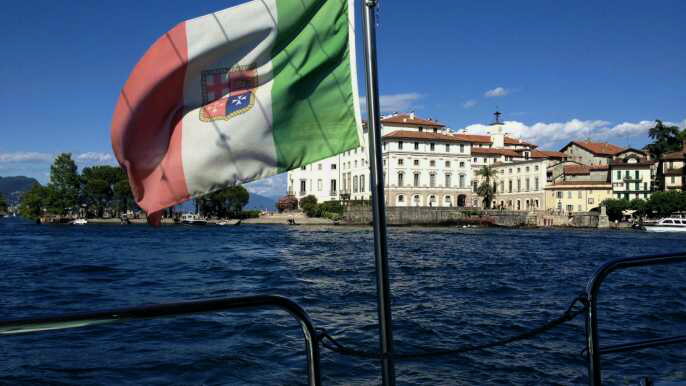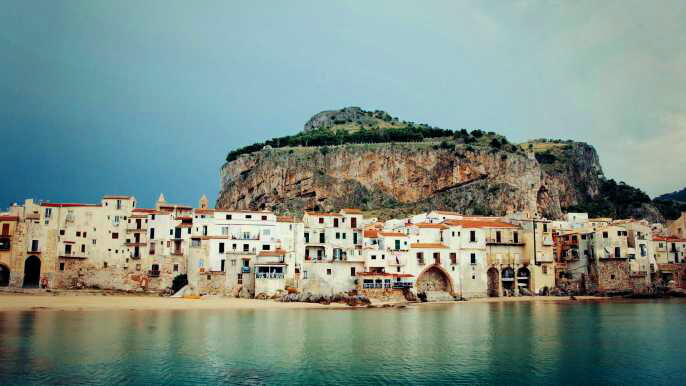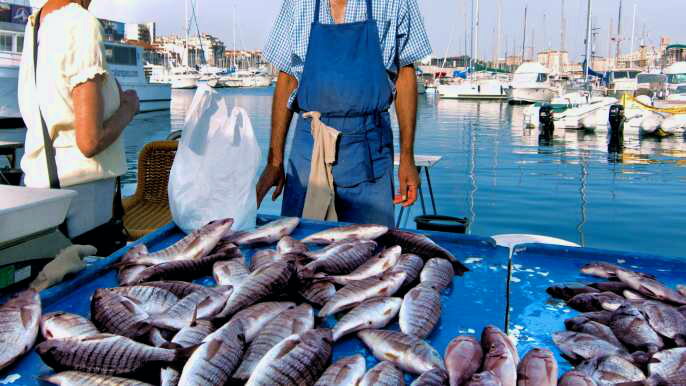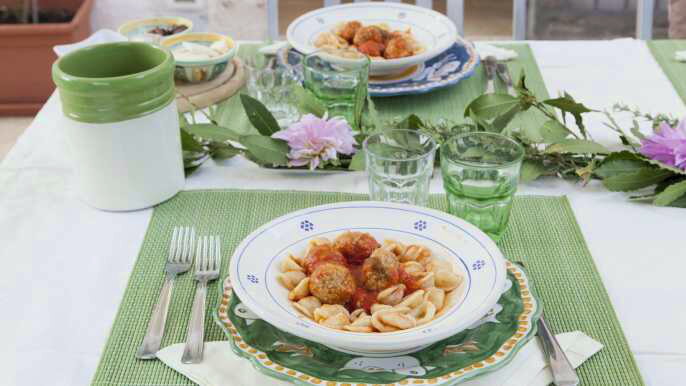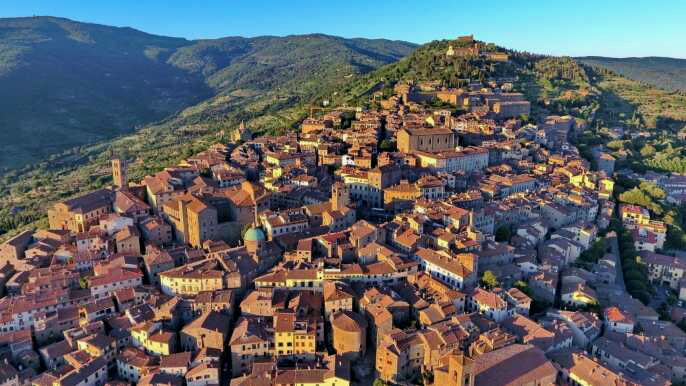During your trip to Padua, Italy, you should take the time to check out some of the guided tours and excursions that the city offers. Some of these include the Scrovegni Chapel, the Botanical Garden, and the Piazza delle Erbe.
Piazza delle Erbe
Located in the Veneto region, Padua has a lot to offer visitors. Its history is fascinating and its architecture is beautiful. In addition to Padua's famous attractions, the city also has numerous museums that shed light on the city's history. Visiting Padua is not only affordable but also easy. Visitors can choose to take guided tours to see more of the city.
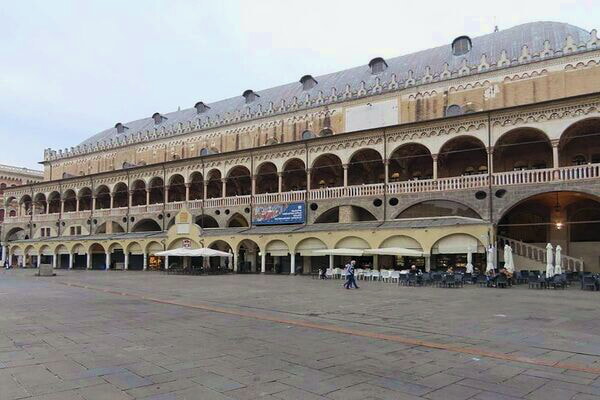
Padua's morning market is one of the city's must-see attractions. The market is filled with cafes and restaurants that sell fresh produce, clothing and antiques. The market is also home to Padova's famous Mercato del Sottosalone, which has been running for over 800 years.
Palazzo della Ragione is the city's medieval town hall. The building is also known as Il Salone and is filled with hundreds of frescoes. Its ground floor is taken by some of the best butchers and bakeries in the city. The upper floor has a frescoed loggia.
Palazzo Bo is the University of Padua's historic seat. Its portico is covered with the crests of past students. Palazzo Bo can only be visited on a guided tour.
Scrovegni Chapel
Located in Padua, Italy, the Scrovegni Chapel is an art treasure of the medieval period. Its remarkable frescoes were painted in the 14th century by Giotto. It is considered one of the greatest works of art in the history of Western art. The frescoes depict the life of Jesus in a series of episodes.
The chapel is located near an ancient Roman amphitheater. The chapel is part of Padua's Civic Museums. It is a short walk from the train station. It is open daily from 9 am to 7 pm. During these times, groups are allowed to enter the chapel one at a time for fifteen minute blocks.
The chapel is a small space. It features a vaulted ceiling with a deep blue starry sky. It also has 23 frescoes. They depict the birth of Jesus, his death and resurrection. The Life of Christ scenes run along the lower half of the side walls.
Giotto was hired to paint the chapel's interior. He was commissioned to depict a sequence of events in the life of Christ. He was also asked to paint a sequence of the Last Judgment.
Botanical Garden
Visiting the Botanical Garden in Padua is an extraordinary experience. It is a small but exceptional Italian masterpiece. The garden is located on the grounds of the University of Padua. The garden is divided into five botanical areas. These areas represent different habitats and provenances of plants. The garden is surrounded by a ring of water. It is a great place to visit especially during hot summer days.
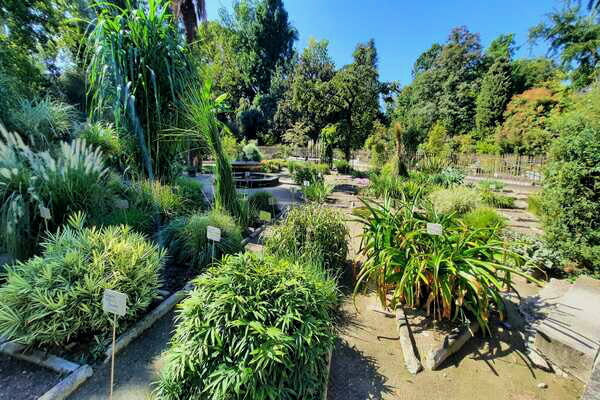
There are guided tours of the Botanical Garden in Padua. The tour guides provide information about the history of the garden. They offer tours in English, French and Italian. Guided tours are available on weekdays and weekends. Tickets are required. Booking early is important to avoid disappointment.
The Garden is on permanent loan to the University of Padua. The university has been an important center of learning in Europe since 1222. The University owns a large part of the surrounding area. The University has a botanical garden and greenhouses. The University of Padua's management plan aims to preserve and valorize the garden. It includes a large library containing over 50,000 volumes of rare plants.
Caffee Pedrocchi
Located in Padua, Caffee Pedrocchi is one of Italy's oldest historic coffee houses. It was opened in 1831 by Antonio Pedrocchi. Today, the cafe is one of Padua's most iconic attractions. It's a perfect place to stop for a quick coffee. The cafe has themed rooms, and you can get a taste of its history through its museum.
Padua is an ideal base for exploring Italy. It's close to many towns and villages, and has an easy public transport network. It also offers visitors a vibrant food scene. You'll find plenty of great cafes and restaurants, as well as shops selling local products.
Padua has a number of museums that offer visitors an insight into the authentic Italian lifestyle. You can find artifacts from the area's medieval history, as well as modern art. If you're interested in religious art, you can visit the Diocesan Museum, which contains the world's most extensive collection of religious art.
Another Padua landmark is the Scrovegni Chapel. It's considered one of the best Italian Renaissance works, and it's painted by Florentine Giotto di Bondone.


